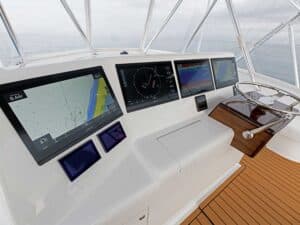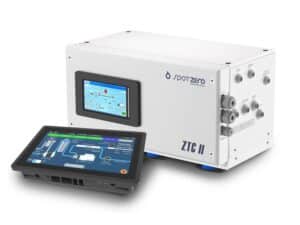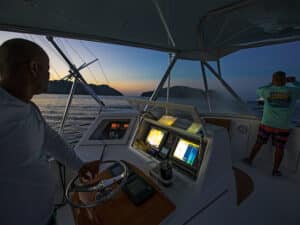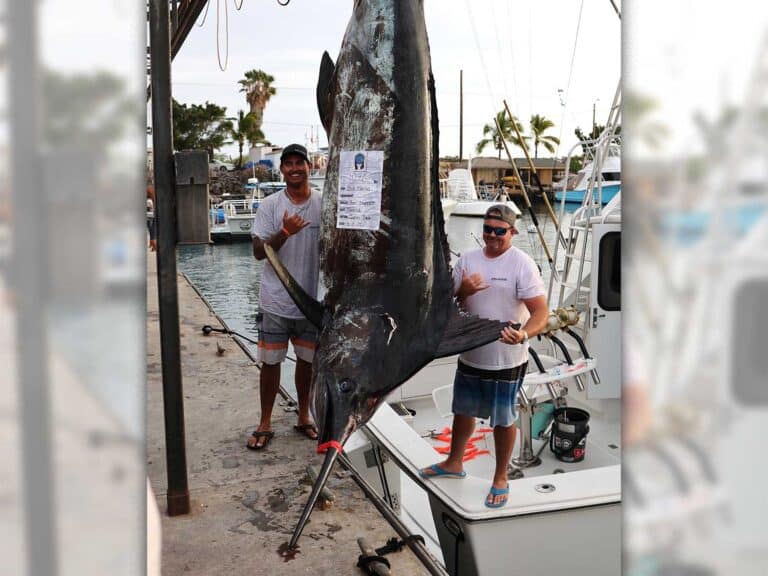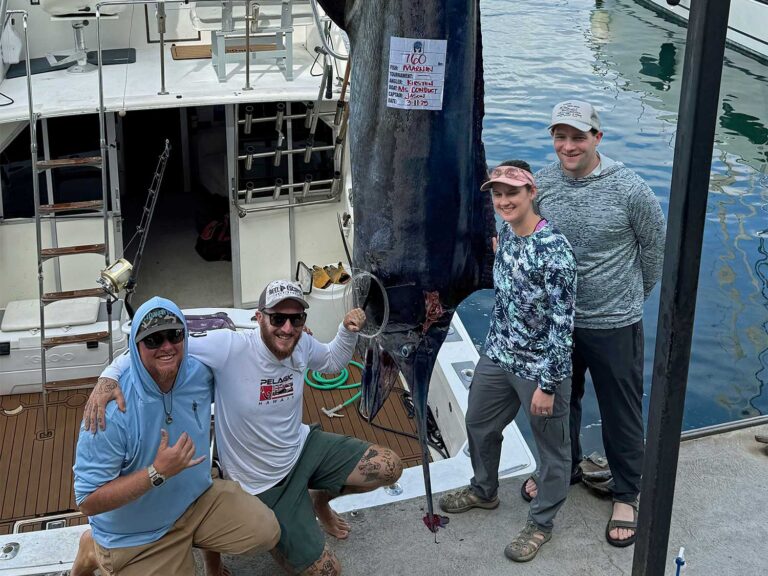Airmar, the largest maker of sonar transducers for recreational marine use, was once the only manufacturer of transducers. That means there are a lot of options to choose from if you’re in the market for a new chirp transducer, and these are some of Airmar’s top choices. They are available in most popular frequencies, offering several sound choices compatible with your sonar equipment. Now all you have to do is determine where you plan to mount it.
For more, see these tips on how to pick a CHIRP transducer.
Airmar B265
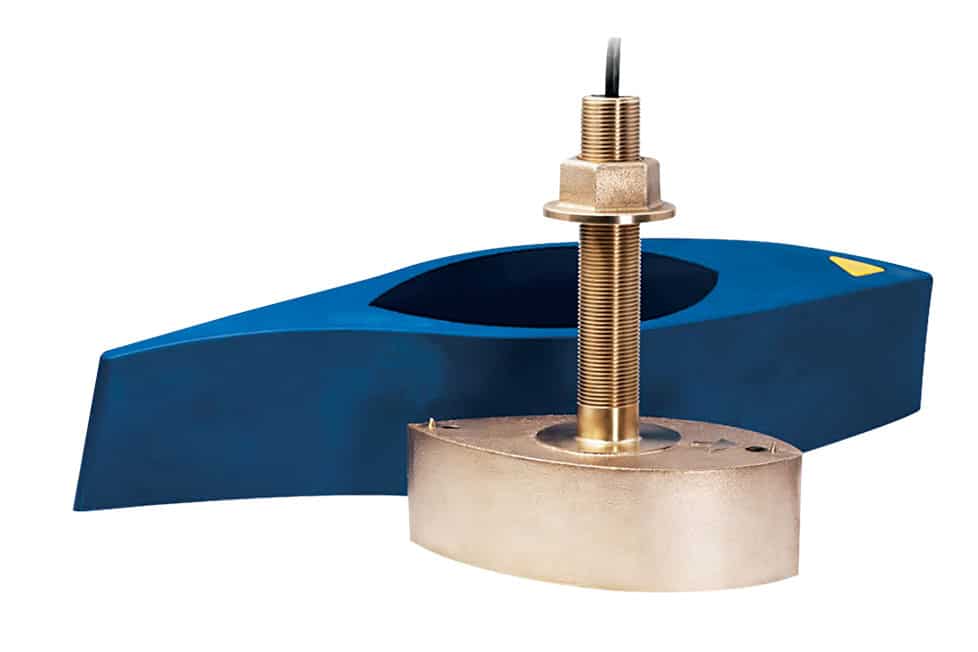
Airmar Transducer Mounting Options
This transducer is popular on slower (under 35 knots) inboards with the blue fairing block cut to the deadrise angle to maintain a perpendicular transmission axis. It is best mounted off the propeller thrust-line to avoid cavitation.
Airmar R599 Transducer
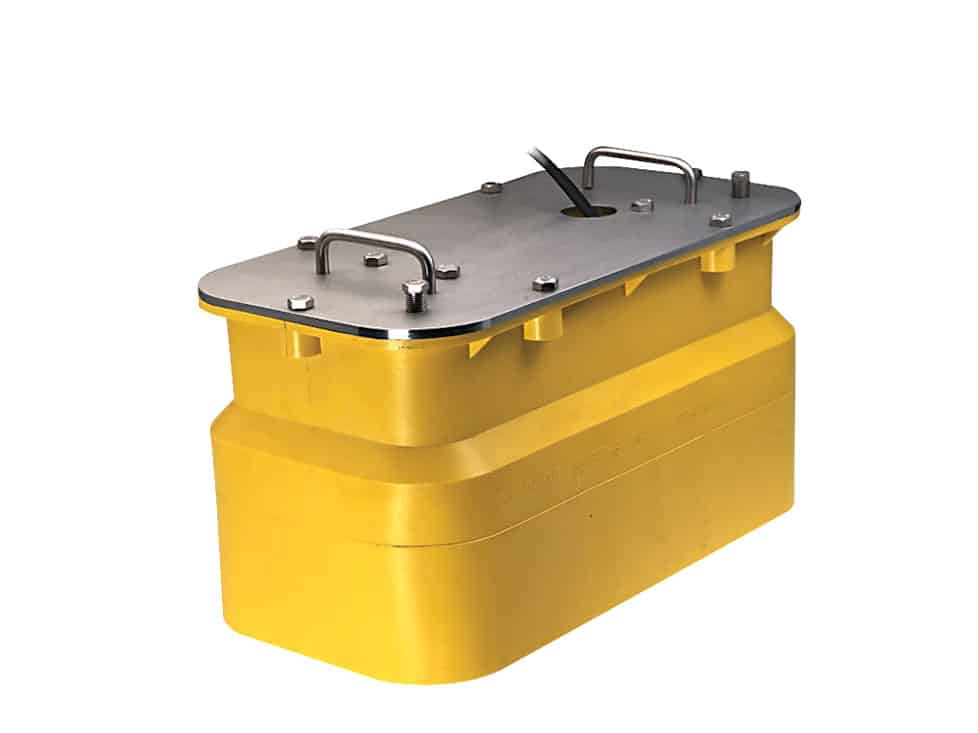
An option usually used on high-performance center consoles and often fiberglassed inside a custom-built hull “pad” on the keel to shoot through the fiberglass near the transom, giving it clean water and good readings at speed.
Airmar CM599 Transducer
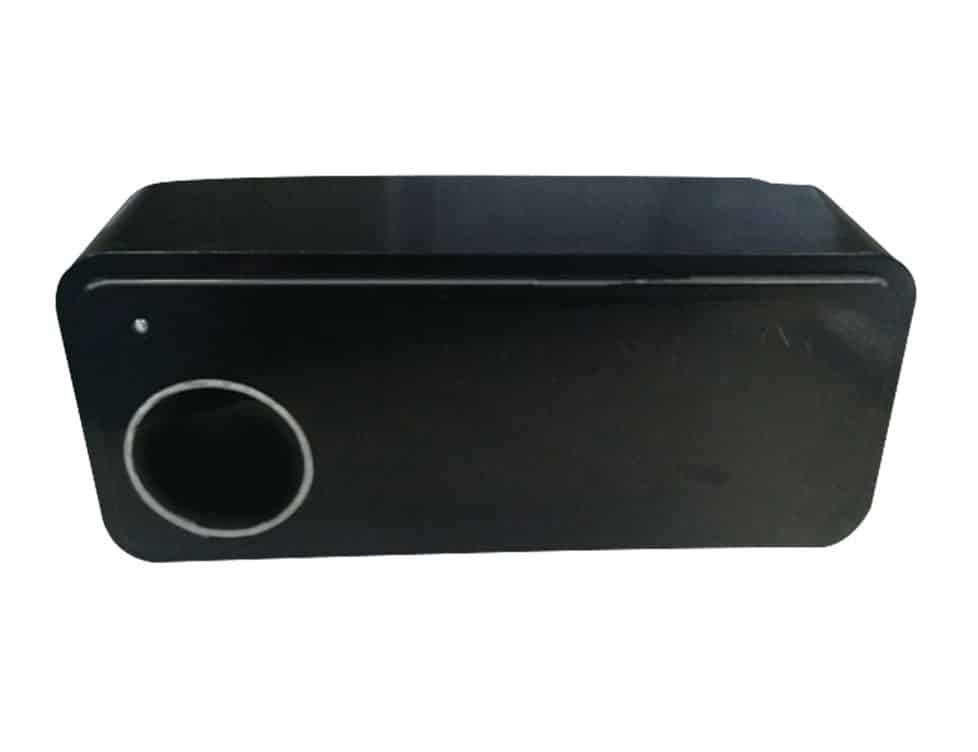
This transducer is designed for through-hull mounting to keep the transducer face in contact with the water. Ideally mounted through a flat keel “pad” near the transom or set at a vertical angle into a pocket, countering the deadrise angle.
Airmar B175 Transducer
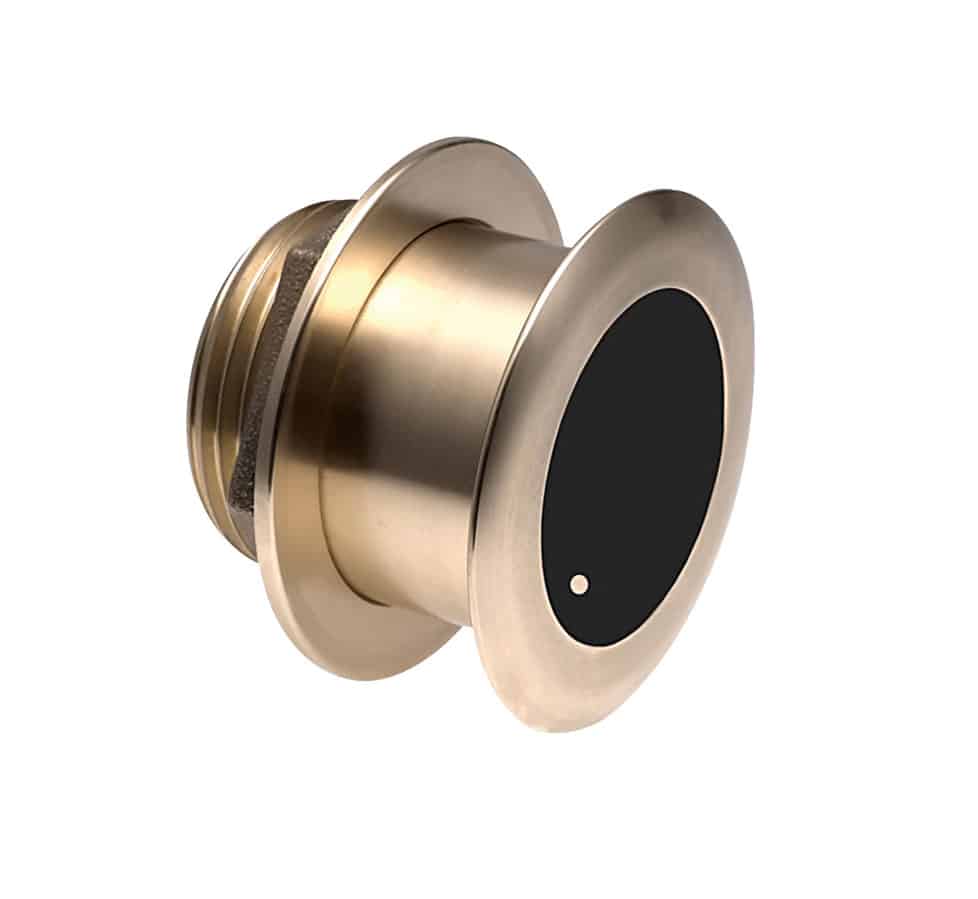
The tilted element in this transducer allows a vertical element orientation when flush mounting at any deadrise angle, including 0- or from 12- to 20-degrees. Though the bronze fairing is slim, it can noticeably change hull dynamics on center consoles under 30 feet.
Airmar PM265 Transducer
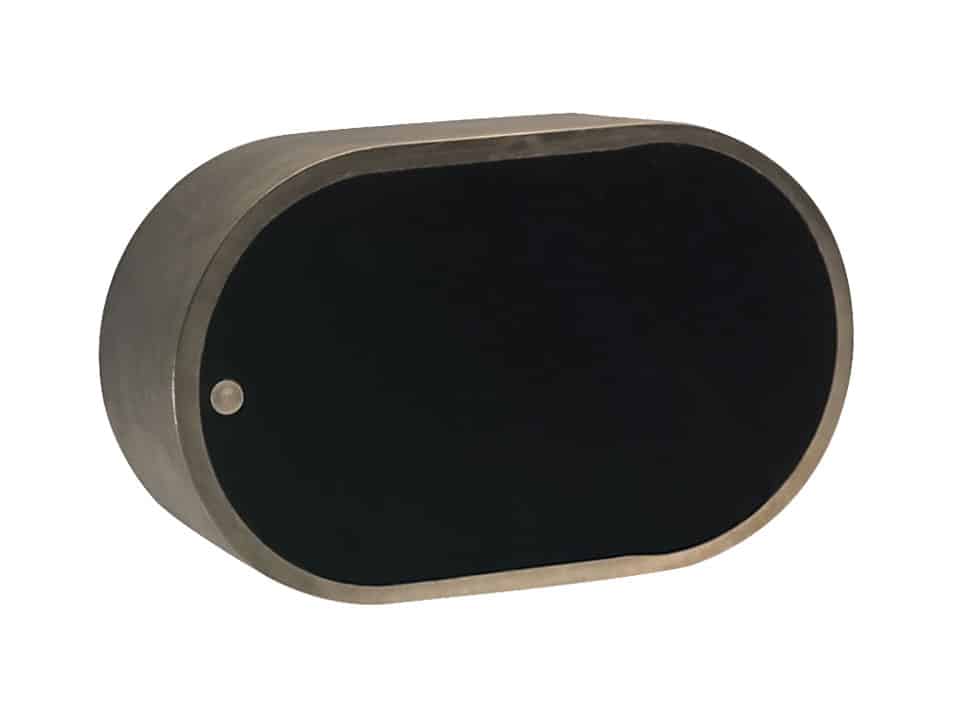
This bronze case through-hull transducer is designed for pocket or hull “pad” installation to keep the transmission perpendicular and the face of the transducer in contact with the water.
